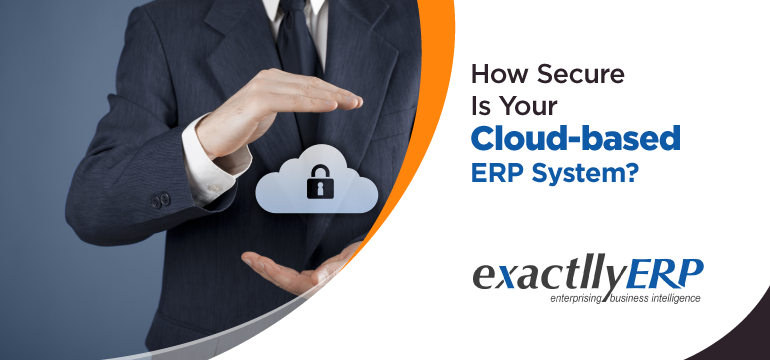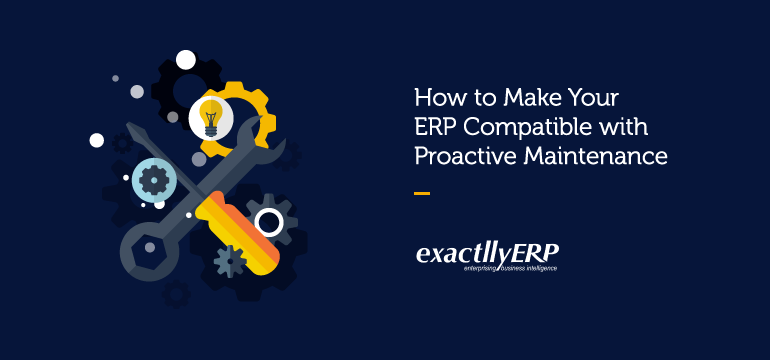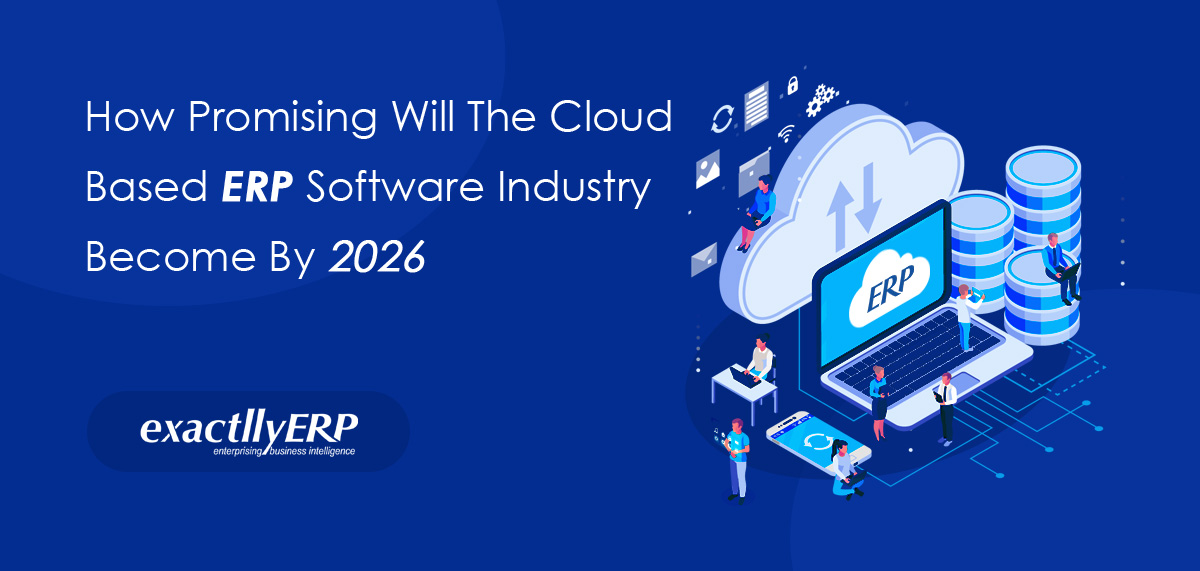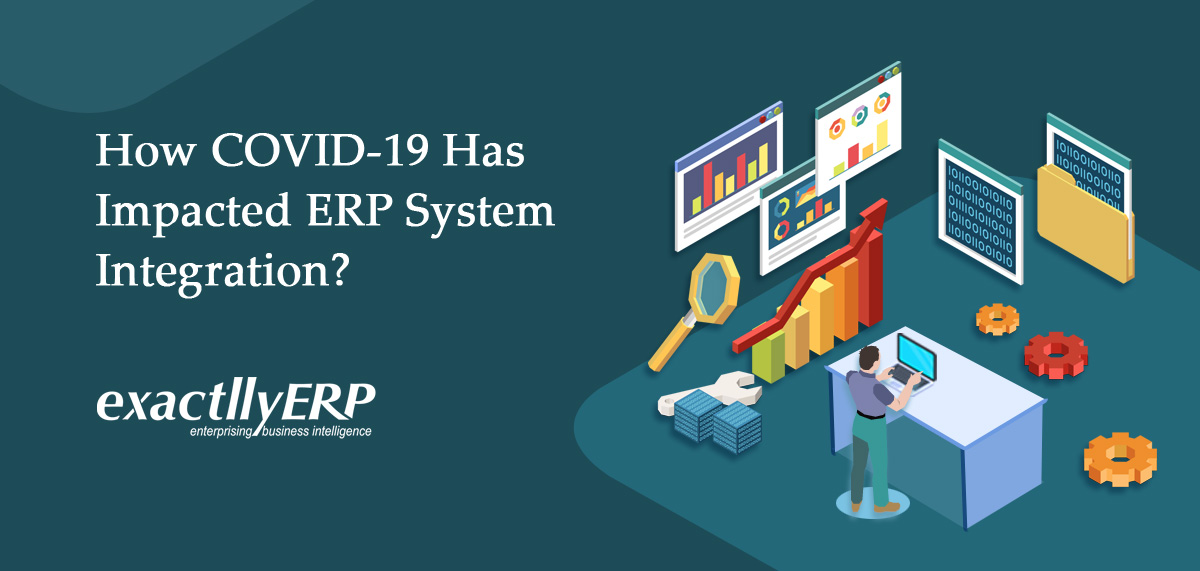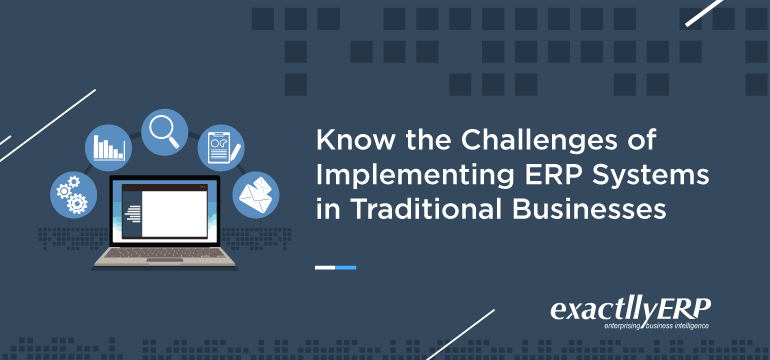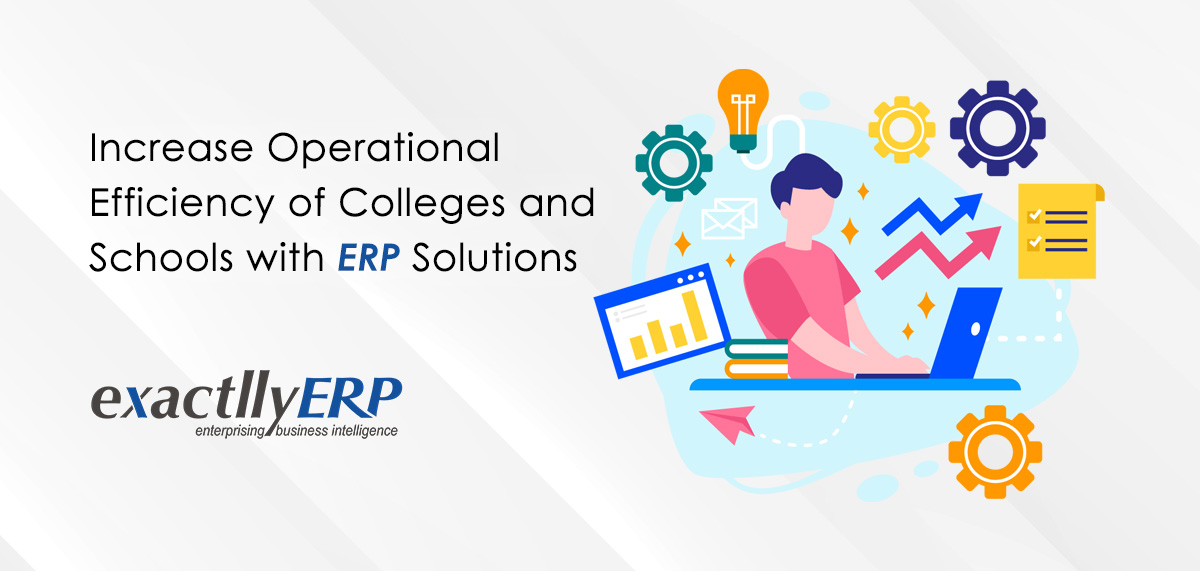5 Factors to Consider When Looking for an ERP Solution for Your Business
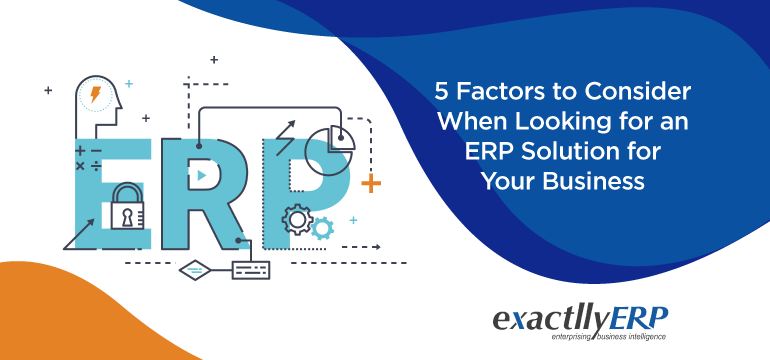
The kind of ERP software adopted by an organization greatly influences the financial and operational technicalities of the system, which further translate into varying profit and loss margins. In order to maintain a system in proper working condition and to ease the overall workflow of the enterprise, an ERP solution is generally adopted and executed for improvements on outdated data processing operations.
The following factors must be taken into consideration when looking to adopt a new or improved ERP solution.
1. Features of the ERP System:
The needs of every business enterprise vary based on the type of industry it belongs to. When considering settling on an ERP solution, it is necessary to consider the kind of features the ERP provides and whether the software provider has the required experience so as to be able to cater to the specifics of the industry in question.
When deciding on the specific ERP, it is also important to ensure that the software has the right functionalities, which make the system smooth and reliable to operate.
Customizations can be availed through most providers. However, the right ERP for the business is one that does not overwhelm the user but is simplistic in design and scalable in nature. The idea is to maximize the potential of the system and minimize the complications that arise with it.

2. Experience of ERP Vendor:
When resting the procedural framework of your business in the hands of another, it is of primary importance to ensure that the system is handled with expertise. With most ERP solutions providing cloud storage and operation, it is essential that the solution provider is fluent in cloud computing and up for design and operational challenges.
The reputation of the provider must also be taken into account in order to avoid layover due to unexpected system failures and untimely service to rectify the same.
Carry out extensive research prior to settling on the desired ERP solution. One way of analyzing the performance of the software and its back-end service is by reading reviews and audits processed by independent firms such as TEC.
Company reviews also give a fair outlook on the compatibility of the software system with regards to its efficiency in real-time situations, inventory and asset management and fulfilment of industry-specific regulatory requirements.
Another way of assessing the effectiveness of solutions is by scheduling demonstrations with selective ERP vendors. These choices can be narrowed down by accessing information regarding the product as provided on vendor websites or by going through a software comparison matrix, which is usually available within various ERP buyer’s guides.
3. ERP Integration Team:
Once the decision on modifying the system is made, the next step is to ensure that the integration is carried out by an experienced team of personnel. This requires both internal and external selection, depending on qualification and professional background.
Most companies that have had previous experience with ERP service providers tend to look for vendors who provide good customer support, have high growth potential, offer moderate ease of implementation and are compatible with the existing hardware.
It is also a good idea to hire a reliable quality consultant and team it up with a strong project manager. Implementing the integration of ERP software requires not only technical skills but also a diligent team with a powerful team leader.
The combination of a quality consultant and internal and external teams, headed by a strong project manager, is the key to successfully exercising risk management and effectively incorporating and troubleshooting a new software system.

4. Ascertain whether to Replace or Upgrade:
With the market scenario consistently changing, the demands from the company also begin to change. An assessment of the current system is required in order to keep up with these advancements.
The first step is to ascertain whether to replace or to upgrade the ERP solution in place. It is of primary importance to weigh the pros and cons of either choice prior to proceeding.
One of the biggest factors that come into play when deciding on replacement or up-gradation, is the cost-effectiveness of the decision. Although replacement of the system might be a more beneficial option from the operational point of view, it may not be the more viable alternative owing to huge cost implications.
However, if a legacy system is in place, which does not fully capitalize on the technological advancements that have taken place in the past 8 to 10 years, then replacement of the ERP might be the only solution.
Today, most ERP service providers offer features such as faster accounting and financial reporting, better flexibility and mobility, swift customer response time, cloud computing and integration of multiple applications. Based on the version of the software in use, some or many of these features may or may not be incorporated into the system.
Replacement of the system comes with two major drawbacks which are, extensive layover time and loss of operational data during migration. These can be avoided when considering up-gradation, provided such advancement of the system is drastic enough to eliminate any functional handicaps previously encountered.
5. Ensure Extensive Training of Employees:
A new system, when incorporated, will encounter resistance from personnel who are used to a set pattern of working. As is experienced with every new software, proper utilization of functions and features comes only with guidance and regular practice.
It is essential for the software to be intuitive and user-friendly in order for it to be effectively adopted by employees within the operational framework. Although initially, the process might seem challenging and time-consuming, developing an efficient training plan and further implementing it, would help streamline the learning experience, which would prove to be more productive in the long run.
Another way of accelerating the learning process would be to devise department-specific plans based on selective features and functionality, as necessary.

Lastly, ensure that apart from familiarizing the various departments on the general usage of the platform, an in-depth analysis of the system is also carried out by the in-house IT department. This training procedure is integral for the prevention of regular system malfunctions or system failure in extreme cases.
Knowing the kind of emergency and who to call in such situations is the primary function of back-office personnel and it helps avoid major financial losses due to operational breakdown.
Conclusion:
So, if you too are looking for an ERP solution for your business, keep the aforesaid tips in mind so you too can derive maximum returns from your ERP by simplifying day to day processes and making them more streamlined.
exactllyERP is one of the most advanced ERP present in the industry. To know more about exactllyERP, feel free to Contact Us and get a Free Demo.



